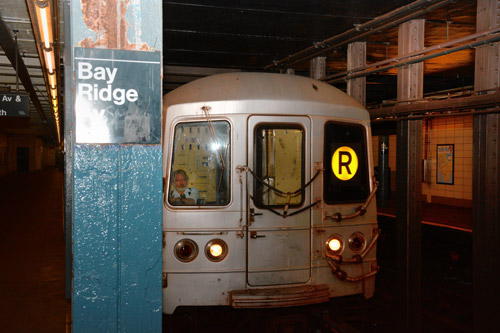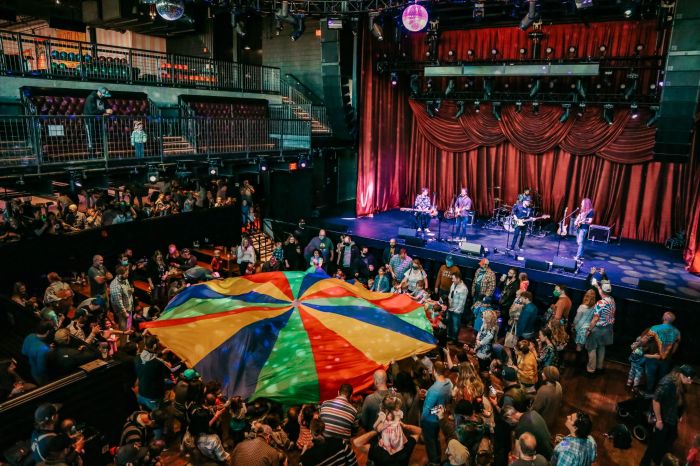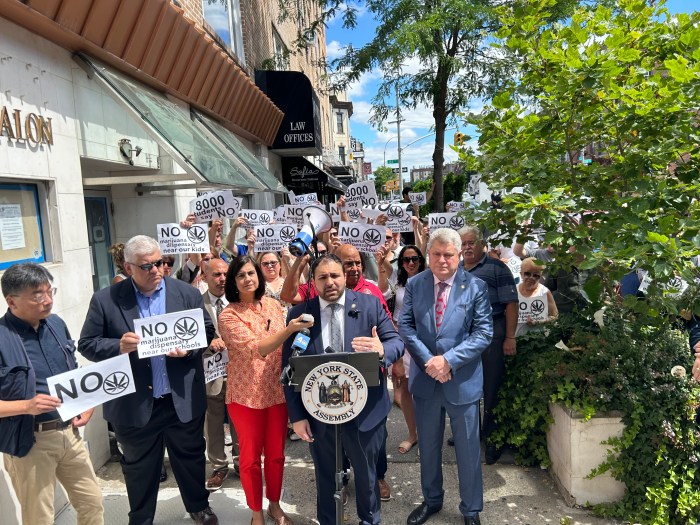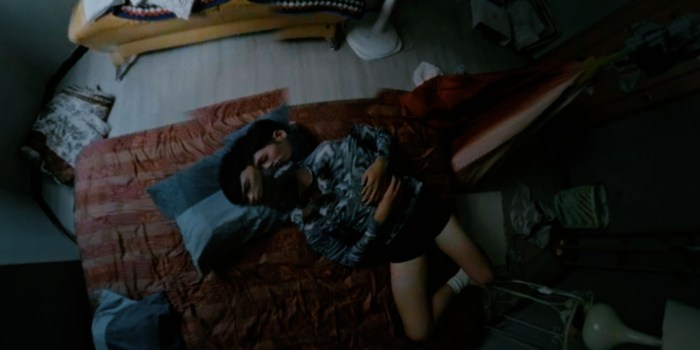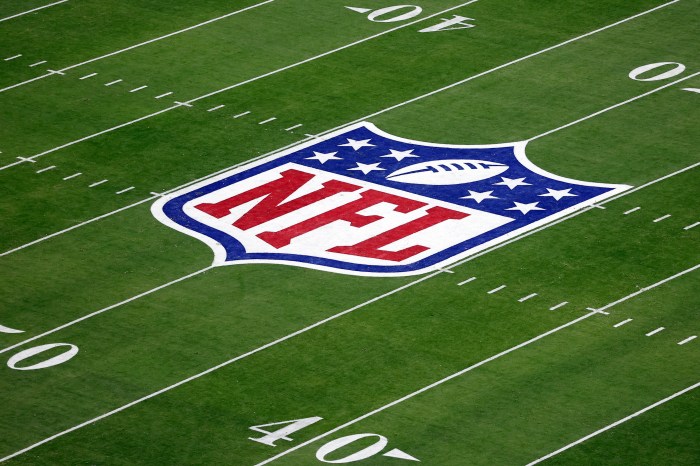The squeaky rail is getting the grease.
Shaken by rumbling complaints from locals, the Metropolitan Transportation Authority has announced plans to install noise- and vibration-mitigation measures along the R line between 86th Street and Bay Ridge Avenue, an authority leader said.
“Because we had gotten such a bulk of complaints from that area, our subway division decided they would start to replace the rail between 86th Street and Bay Ridge Avenue,” said Melissa Farley, a director of community outreach for the authority.
The transit agency had been monitoring vibrations in Bay Ridge since 2014, because residents — and the head of a church — complained that rattling R Trains were causing their buildings to crack. Monitors corroborated locals’ gripes, but the authority denies any claims that the trains were causing damage, Farley said.
“What we saw was some elevated [vibration] levels,” she said. “Not anything that was damaging to structures — what could be considered a nuisance but also was considered an acceptable level.”
One local who contributed to that “bulk” of complaints — and even housed one of the authority’s vibration monitors in her basement — said the pending fix was news to her, because the authority never told her it was coming.
“I’m very hopeful about this, but I think it’s a little bit stunning that you know about this but nobody informed me — who had a monitor put in her house,” said Sheila Lynch of 73rd Street.
To battle the rattle, workers will install 400-foot-long sections of continuously welded rail, which causes trains to vibrate less than older rails, Farley said.
They’re also replacing track ties, which support rails, and the plates that attach the two, she said. New abrasion pads will keep rails in place, further reducing vibration noise and lessening the chances a track will shift and cause a delay, she said.
The authority has already done work in some areas of the stretch, according to Farley. After it replaced some track near 79th Street, Ridgites reported that conditions had improved, according to a local leader.
“Residents came in immediately to say ‘Wow, we noticed an improvement,’ ” said Community Board 10 district manager Josephine Beckmann.
The authority plans to do the work at night starting Sept. 29 and ending in October, a spokesman said. If the situation doesn’t improve, the transit authority will address it, Farley said.
“When this is done we’ll go back and do the monitoring again, and if we have complaints again they’ll check the track,” she said.
A recent study by the Straphangers Campaign of 19 city subway lines named the R train as fifth-worst, finding that open seats were sparser, cars were dirtier, and announcers were harder to understand compared to the system average. But R trains do arrive more regularly and break down less often than the average, the study states.


